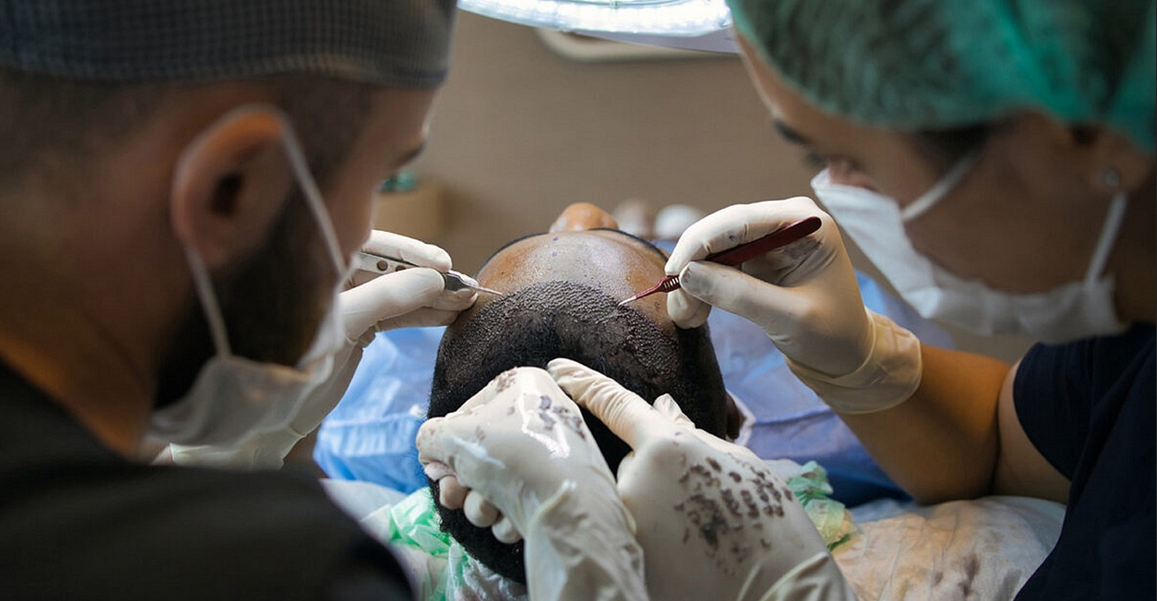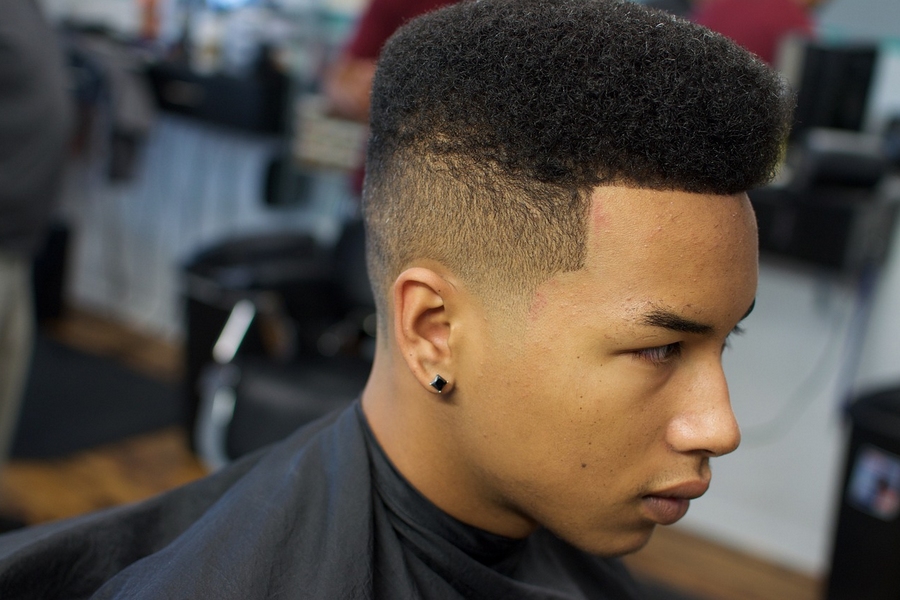
Factors Hair Transplant Surgeons Consider to Restore the Frontal HairlineFactors Hair Transplant Surgeons Consider to Restore the Frontal Hairline
Whether you’re dealing with receding hairlines, thinning patches, or just longing for a more youthful appearance, restoring your frontal hairline can be a game-changer. In this case, trusted hair transplant in Malaysia can be a real lifesaver. But have you ever wondered what factors hair transplant surgeons consider when crafting that perfect hairline? In this article, we’ll delve into the art and science behind achieving natural-looking results.
Follicular Unit Size and Spacing
Hair transplant surgeons carefully consider these factors to ensure the newly transplanted hair blends seamlessly with your existing hair. In terms of follicular unit size, smaller units are typically used at the front of the hairline for a more gradual transition and softer appearance. This allows for a more natural distribution of hair follicles, mimicking how they naturally grow from the scalp.
Larger units may be utilized further back in order to add density and volume. Equally important is the spacing between each transplanted follicular unit. Surgeons strategically place them at varying distances, ensuring no visible clustering or unevenness. Proper spacing helps create an even distribution of hairs along the frontal hairline, enhancing its overall aesthetics.

Symmetry
Symmetry plays a crucial role when it comes to restoring the frontal hairline through a hair transplant. Hair transplant surgeons carefully consider this factor to ensure the new hairline looks natural and aesthetically pleasing. Achieving symmetry involves careful planning and precision during the transplantation process.
Surgeons take into account factors such as facial structure, existing hair density, and individual preferences. By meticulously placing each graft at the appropriate angle and direction, they can create a symmetrical hairline that complements the patient’s unique features.
During the consultation phase, patients are actively involved in discussing their desired outcomes regarding symmetry. Surgeons listen attentively to their concerns and expectations before designing a customized treatment plan. This open communication between surgeon and patient helps ensure that both parties have realistic goals for achieving facial balance.
Mature Hairline Position

The mature hairline, also known as the adult hairline, is different from a juvenile or adolescent hairline. It is generally higher and slightly receded compared to a younger person’s hairline. The goal of a successful hair transplant procedure is to create a natural-looking and age-appropriate result. That’s why determining the correct position for the new frontal hairline is crucial.
To achieve this, surgeons carefully assess each patient’s unique facial features and characteristics. They take into account factors such as forehead shape, facial symmetry, gender, ethnicity, and individual preferences. Surgeons aim to create a new frontal hairline that harmonizes with these features while mimicking nature as closely as possible. This requires both technical precision and artistic skill on their part.
Restoring the frontal hairline is a crucial aspect of any successful hair transplant procedure. The skill and expertise of the surgeon play a significant role in achieving natural-looking results. By considering factors such as follicular unit size and spacing, symmetry, and mature hairline position, surgeons can carefully plan and execute the restoration process.…